GAIA is the Flagship Project for the Societal Dimension of Zarraga-SIAD or Larga Sustainable Zarraga.
Within GAIA, various initiatives have the opportunity to demonstrate their commitment to sustainability within the framework of SIAD. Furthermore, GAIA functions as a collaborative space where these diverse initiatives synergize to mutually reinforce and support each other for collective benefit.
Details of GAIA’s objectives can be found here.
Background
Originally GAIA was at the site where the original ZAP experiments took place. (See updates for Economic Dimension.) The owner of the land intended his legal donation to empower all Zarraga citizens to house their initiatives there.
Unfortunately, the deed of donation did not legally state this intention. The owner and the mayor were both unaware of this development. And thus the land was transferred into the sole ownership of the Zarraga government.


Because of this development, the SEA Team, who originally championed the GAIA concept, decided to transfer GAIA to its current 18-hectare location where Vidar 2.0 also exists. (See the new site immediately below.) SEA did not want to investment millions in training and other related infrastructure and in the end subject the latter to political uncertainty. It is quite possible that, if there is a change in the political leadership of the town, and the town government comes under the control of traditional political leadership, the SEA infrastructures in the original GAIA may be used for other purposes.

GAIA is the area where different initiatives can showcase their approach to sustainability in one of the dimensions in SIAD. It is also the area where these different initiatives support each other for mutual benefit.
For example, the Gamot Cogon Institue (GCI) runs the Gamot Cogon Steiner School (GCS) in the area. GCI’S GCS has housed members of the Movement of Imaginals for Sustainable Societies Through Initiatives Organizing and Network (MISSION) who are taking up advanced leadership courses inside GAIA. And GCS students use SEA’s farm site as part of their curriculum.
Currently GAIA has 7 active initiatives. These are:

Research Farm

Demonstration Farm
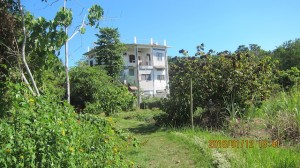
Training Center and Library
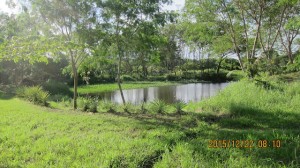
Eco-Tourism
Vidar Farm 2.0 (See update on Ecological Dimension.)
- Institute of Self Mastery and Societal Transformation of MISSION or the global Movement of Imaginals for Sustainable Societies Through Initiatives Organizing and Networking. In addition, several MISSION initiatives are in the area. SEA individuals are members of MISSION. For more details on MISSION, see imaginalmission.net. Below MISSION members use the Training Center for their Strategic Planning session as well as a meeting place for MISSION’s ‘Birthing Center”, the association of nodal representatives from 7 cities around the Philippines.

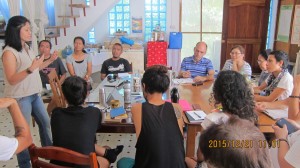

- Gamot Cogon Institute (GCI). Aside from running the Gamot Cogon Steiner School, GCI conduct a teacher training program for aspiring teachers of Steiner education, is active in the Zarraga Civil Society Network for Sustainable Development (ZARNET), and is engaged in a number of initiatives. See. gamotcogon.org.


- Organic Restaurant (to be constructed soon)
However, all these initiatives are simply a means to inspire young people to start their own projects. Since GAIA has a very strong focus on the youth of Zarraga, SEA, as part of ZARNET.SD, was requested by the government of Zarraga to help facilitate a strategic planning session for Child and Youth Development. SEA’s Lead Activator facilitated part of the planning process.
The Strategic Planning Session was very well attended. Key representatives from all sectors of the town were present in the meeting: civil society, business, and government (including the police).

After identifying all the issues, the attendees broke down into three groups to try to address all the concerns identified. The presence of school heads was significant.
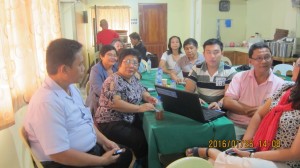
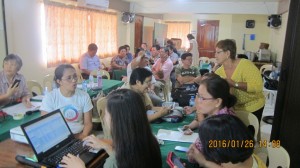
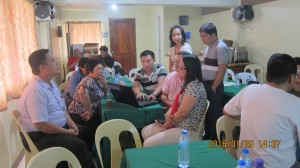

After the three groups worked out their action plan, they presented them to the entire body in plenary. The discussion and even debate were exemplary.

In the end, after all the presentations were made, the body adopted the key strategies for Child and Youth Development. All of SEA’s proposals were included in the strategic plan of the town.
Among these was SEA’s plan for village-based communications and citizens journalism. Jagat Rubio of SEA presented IMAGINE ZARRAGA, a Power Point presentation on the power of Imagination to create the future.

An example of this is the Billboard newspaper concept. Billboards with town news will be posted in the busiest location of the town so town residents will know what is going on in the town. Below is an example of how this billboard cum magazine will look like.

The participants unanimously adopted the idea as part of the communications plan of the Child and Development Program of Zarraga. The next step is to have the whole idea approved by Zarraga’s civil society network for sustainable development (ZARNET.SD). The approval of the CSO network will be critical in making the plan happen. Most of the citizen journalists will be coming from civil society although it will involve other sectors.



